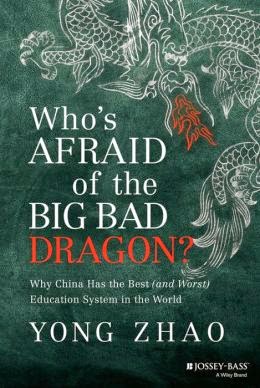
About the book, from the publisher:
The Seance Society introduced mystery lovers to Mr. O’Nelligan and Lee Plunkett, an unlikely pair of sleuths on an equally unlikely case with a supernatural twist. Having taken over his father's PI business, Lee enlists O'Nelligan, a dapper Irishman with a flair for solving mysteries, to help catch a killer. Now, in Michael Nethercott's The Haunting Ballad, this sleuthing "odd couple" are back in another witty, charming, and wonderfully written mystery, this time set in 1957 in the burgeoning music scene of New York City's Greenwich Village.Visit Michael Nethercott's website and Facebook page.
It's the spring of 1957, and O'Nelligan and Plunkett are summoned to New York to investigate the death of a controversial folk song collector. The trail leads the pair to a diverse group of suspects including an eccentric Beat coffee house owner, a family of Irish balladeers (who may be IRA), a bluesy ex-con, a hundred-and-five-year-old Civil War drummer boy, and a self-proclaimed “ghost chanter” who sings songs that she receives from the dead. To complicate matters, there's a handsome, smooth-talking young folk singer who Lee's fiancée Audrey is enthralled by. And somewhere in the Bohemian swirl of the Village, a killer waits...
The Page 69 Test: The Séance Society.
The Page 69 Test: The Haunting Ballad.
--Marshal Zeringue















































